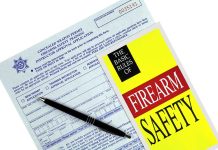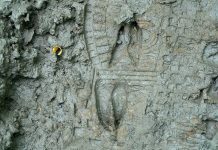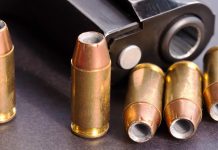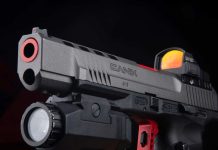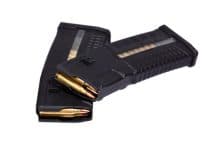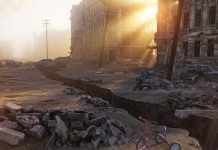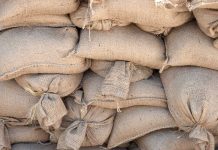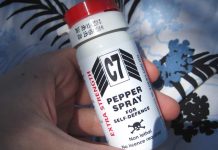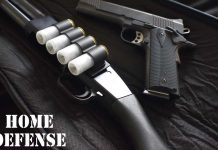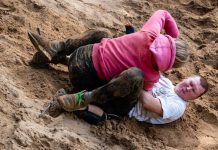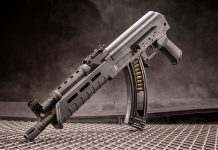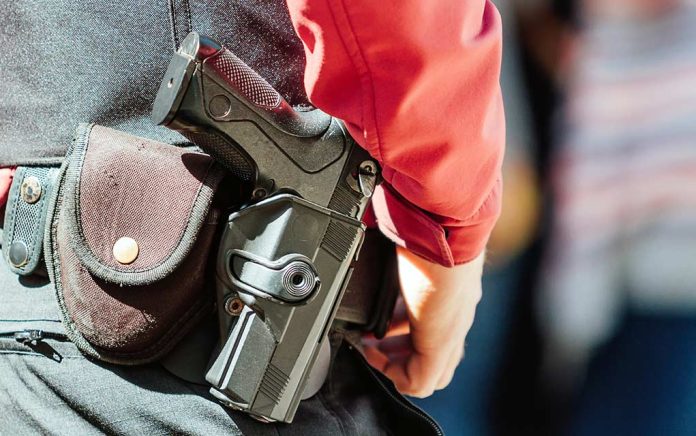
(TacticalNews.com) – You know what they say; practice makes perfect. Dry fire drills are no different, as practicing these can seriously improve your overall firearm skills; whether it be focused on switching magazines or drawing your weapon. All of these things require practice, and right now, there’s plenty of time to do just that.
Obviously, it’s more fun going to the range to practice, that’s no doubt. During t These dry fire drills can help with both accuracy and trigger control, which is a big cause of inaccuracies both in rifles and handguns. The best thing about dry fire drills is you can do them anywhere, even in your bathroom!
Disclaimer: All of these drills are to be performed with an empty gun. Check and recheck your firearm to ensure it does not have ammunition before attempting any of these drills.
Balance Drill
This is one of the best ways to test out your trigger control. It’s actually a super simple drill, but can also prove harder to complete than you think. The drill consists of placing a coin or cartridge somewhere behind the front sight on the slide. Then you just pull the trigger. Easy, right? Well, depending on how disciplined you are, maybe not.
Pulling the trigger too aggressively will cause the coin or cartridge to fall off. This indicates a poor trigger pull. Continue to run this drill until you can consistently keep the object from falling off the slide. This drill is designed to refine your grip and develop proper trigger control. This will improve your accuracy as trigger pull is a very big factor in how accurately you shoot. A quickdraw does you no good if you can’t put rounds in your target.
The Wall Drill
The wall drill is one that everyone should consider doing on a regular basis. Though it may be the simplest drill, it is very important for trigger control. Designed by George Harris, it consists of an unloaded gun and a blank wall, hence the name. Lighter-colored walls are recommended, but not required.
All you do is draw the gun, align the sights with the muzzle only an inch or two from the wall. Focus on the front sight through the rear sight just as if you were aiming, and pull the trigger. Your gun should click because there is no ammo, but the sights shouldn’t move. This is actually much more difficult than one might think, so doing this regularly will ensure good trigger control.
Sight and Dry Fire
Another simple drill to execute is the sight and fire drill. All this drill consists of is holding your pistol, unloaded at rest, just raising it to firing position, acquiring your target, and firing. You don’t even need to pull the trigger. You can simply draw and aim. This helps to improve target acquisition. Start off slow; there’s no need to rush. Work on the act of drawing, aiming, and spotting targets. Speed will come naturally.
Safety First
Safety should always be at the forefront of any drill. Be sure to follow the rules of gun safety.
- Never point the weapon at anyone
- Always make sure the firearm is unloaded and the chamber is clear
- Avoid practicing in a room with ammunition present
- Do NOT rely on the safety mechanism of the firearm if loaded
Safety is easy, and it doesn’t hurt anyone to practice. Be sure your firearm is clear of any and all ammunition when conducting dry fire drills. Do not use a loaded firearm for sight practice. Above all else, safety should always be your top priority.
Copyright 2020, TacticalNews.com

